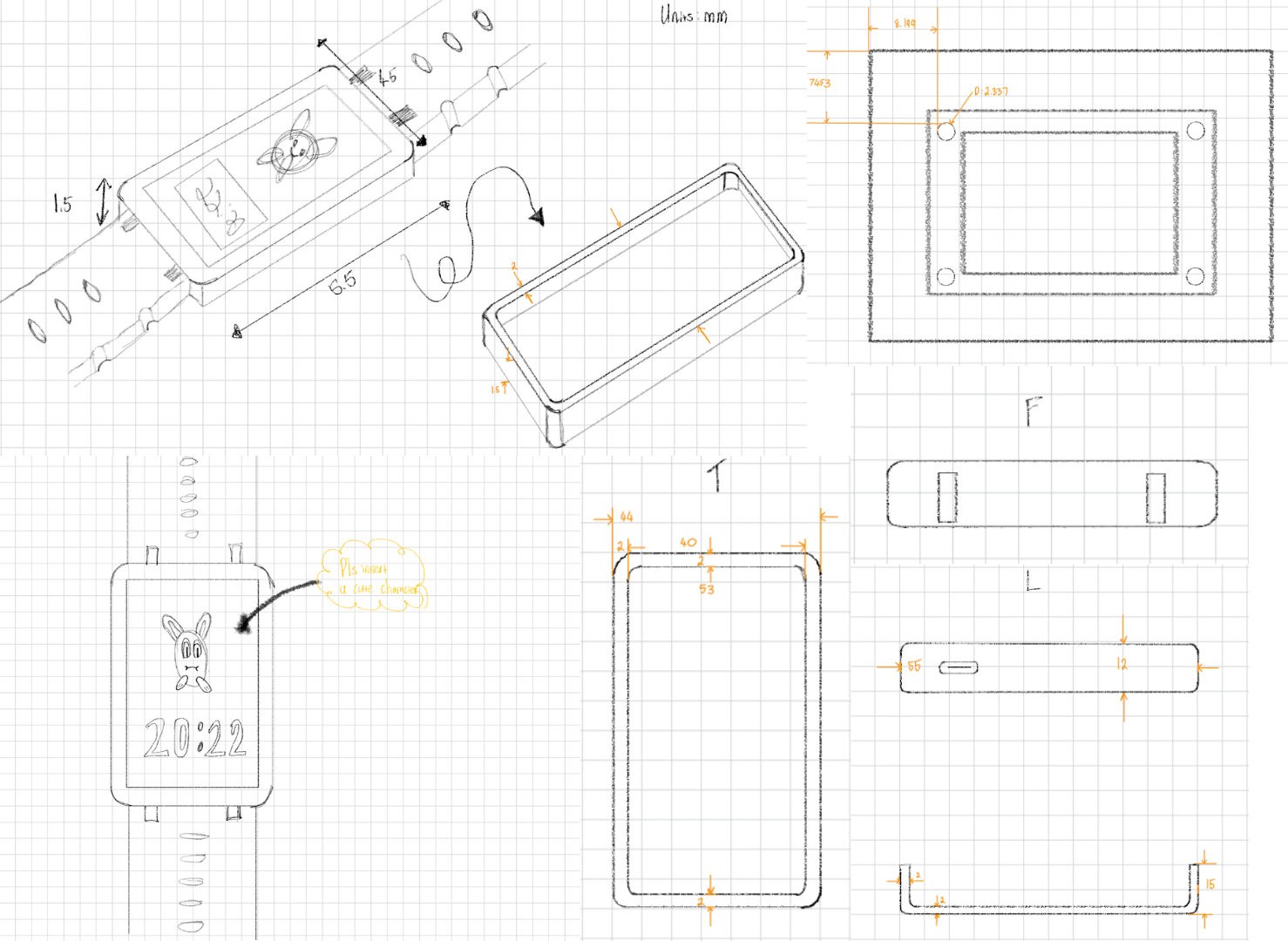These days, when you think reverb, you probably think about a guitar pedal or a plugin in your audio software. But you can also create reverb with a big metal plate and the right supporting electronics. [Tully] from [The Tul Studio] shows us how.
Basically, if you’ve ever smacked a big sheet of metal and heard the thunderous, rippling sound it makes, you already understand the concept here. To turn it into a studio effect, you use transducers to deliver the sound into the plate of metal, and then microphones to pick it back up again at some other point on the plate. Since the sound takes time to travel through the plate, you get a reverb effect.
[The Tul Studio] used a huge cold-rolled steel plate, standing one meter wide and two meters tall. The plate itself is hung from picture chain, which is strong enough to carry its weight. Old car tweeters are repurposed to act as pickups, while a larger speaker is used to drive sound into the plate. “The key to making it sound not like a tin can is the actual EQ and the electronics,” [Tully] explains, providing resources for this purposes.
We love lots of lovely reverbing things around these parts; oddball delays, too! Video after the break.


















